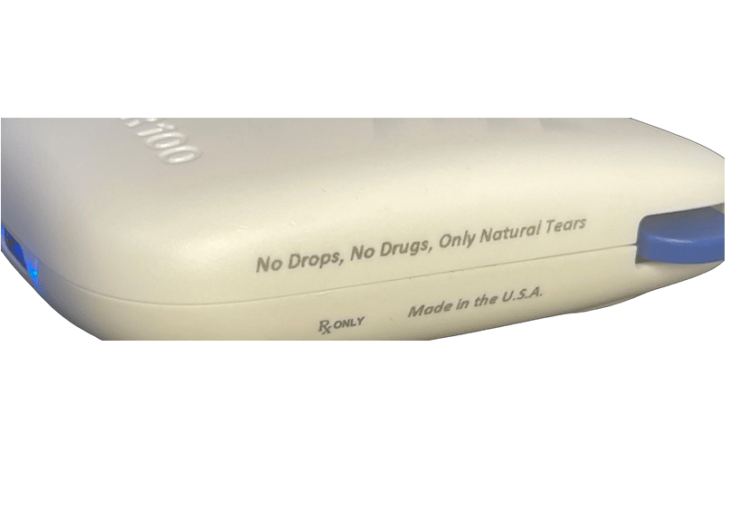The device will enhance patient access and communication between patients and ophthalmologists, collect data, and serve as a bridge between the clinic and the patient to improve dry eye treatment

The device will expand the firm’s patent portfolio and will help in further clinical studies. (Credit: GlobeNewswire/Olympic Ophthalmics)
US-based medical device company Olympic Ophthalmics announced that its second-generation iTEAR100 neurostimulation device has received 510(K) clearance from the US Food and Drug Administration (FDA).
The prescription based neurostimulation therapy is meant to acutely increase tear production in adult patients over a 30-day period.
iTEAR100, the only FDA-cleared at-home tears maker device, offers telehealth tools, capable of downloading prescriptions and can be activated via a mobile.
The device will enhance patient access and communication between patients and ophthalmologists, collect data, and serve as a bridge between the clinic and the patient to improve dry eye treatment.
The second-generation device is a connected device in the eye care sector with improved device longevity and easily controllable treatment.
Olympic Ophthalmics founder and CEO Michael Gertner said: “After several months of slowed development due to supply chain constraints, we are ready to roll out the iTEAR100 with its associated features at scale which will facilitate its usage in a telehealth environment.
“We are also excited to finish enrollment of our three phase IV trials which will further support our current label for iTEAR100.
“We are also pleased that the uniqueness of the iTEAR100 technology and treatment paradigms are being recognised by patent offices across the world.
“Neurostimulation approaches to Ocular Surface Disease have received FDA approvals and have also earned clinical acceptance by patients and clinicians.”
In future, additional diagnostic capabilities and features will be added to the platform to make it a complete telehealth solution capable of empowering patients with ophthalmology practises in home setting, said the company.
Kentucky Eye Institute corneal services and advanced ocular surface disease clinical director Paul Karpecki said: “The technology of neurostimulation, already implemented broadly in other fields of medicine, is ideal for ophthalmic applications and, specifically, the ocular surface.
“All three layers of the tear film are positively affected. This new mode of neurostimulation has been well received by my patients and treats all types of dry eye disease.”
